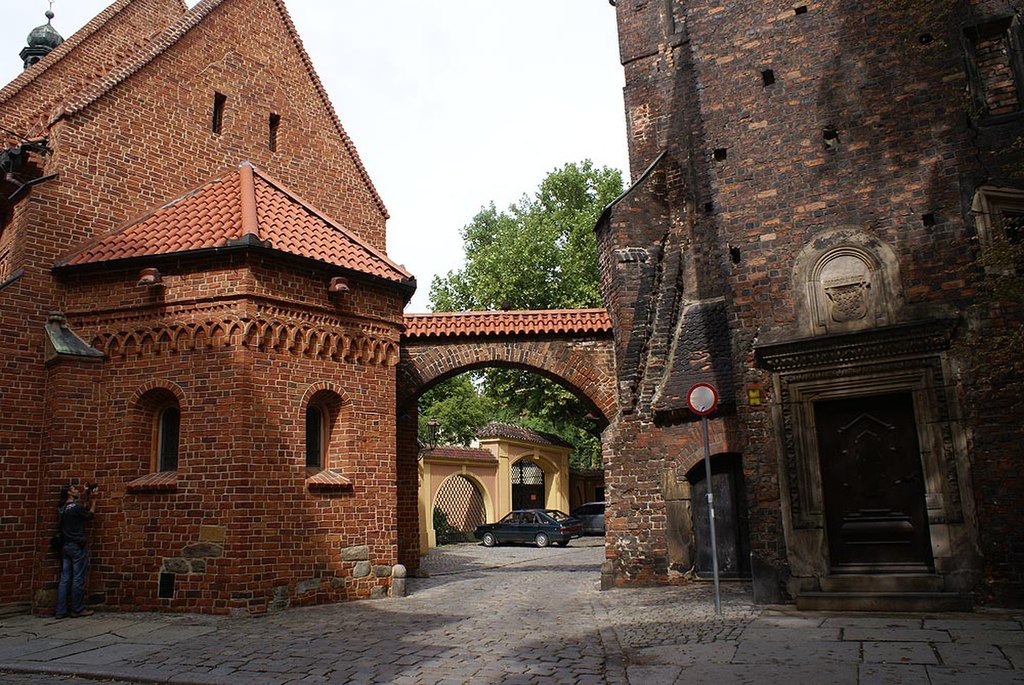Overall Score
The village of Bortsyslav (Vratsyslav) appeared on an island not far from the confluence of the three tributaries of the Îda River. For about 900 years, it was a small market town with a market place. Legend attributes the foundation of the city to the Czech prince Vratslav. By the year 1000 the city becomes a Polish territory. At the same time, with the support of the Holy Roman Emperor, the Roman Catholic Bishopric was established here. A castle was built on the island, and a cathedral was also located there. The year 1000 – the official date of the foundation of Wroclaw.
In the 12th century the city was the seat of the principality of Silesia. In 1241, it was destroyed by the Mongol Tatars. But already in 1261 the city of Bróroclav obtained the right of Magdeburg. From 1335 – in the composition of Bohemia. The city served as an apple of division between Hungary, Poland, and Bohemia, but at the end of the 15th century it became part of the Austrian Empire of the Gastorgians. Until 1945, the documents referred to Breslau as Breslau, but in the Russian archives, – Breislavl.
In 1764, Austria renounced the city in favor of Prussia, although the Germans had occupied it for two or three years before. The Polish National Volunteer Movement (the Polish Volunteer Brigade) was active in Wroclaw during the Napoleonic Wars, but there were few Polish people left in the city. The 19th century – a period of growth of the industrial importance of the city. Breslau – a major railway center, capital of the textile industry of Germany.
In the spring of 1945, after three months of fighting, Wroclaw was liberated from the Nazis and became part of Poland. Despite the architectural grandeur of earlier times, the citys crowning jewel is the Hall of Ages (1912) – a structure that has influenced the development of iron and concrete construction. This sports and spectator hall is part of UNESCOs World Heritage Site. Other cultural sites in Wroclaw include the 11th-century Cathedral of St. John the Baptist, the University building, the Grunwald bridge, the town hall, numerous museums, parks, monuments and pictures. The historic center of the city – a cultural treasure in itself. Everywhere in the city, there are figurines of dwarfs, the number of which is growing. The Wrocław dwarfs – the symbol of the city.
Wrocław – one of the cities of Europe 2012, as well as the cultural capital of Europe in 2016 and the capital of the World Games in 2017.
Overall Score
- Air quality: 44 US AQI Good. Air quality is satisfactory, and air pollution poses little or no risk.
- Tap water: Yes, safe to drink
- Religious government: Non-religious
- Population: 630,000 people
- GDP: $12,332 / year
- Foreigners can own real estate: Yes
- Power outlets: 230V50Hz

- Internet: 25 Mbps
- Best wireless: Play
- Pay without cash: Yes, cards OK almost everywhere
- Tipping: In Poland tipping is expected for good service in restaurants, especially in touristy areas such as Krakow or Warsaw. The norm is to tip around 10% of the bill. You can tip 15% if the service was exceptionally good.
- Apartment listings: Gumtree
- Apartments: Airbnb
- Hotels: Booking.com
- More hotels: Hotels.com
- Best taxi: Uber
- Best coworking space: Co12
- Online electronics shop: Saturn
- Best short-haul air carrier: Wizzair
- Best intl air carrier: Lufthansa
- Monthly costs for expat: $1900
- Monthly costs for family: $2600
- Monthly costs for local: $750
- Meal: $5.5
- Small Cola: $0.9
- Beer 1 Pint: $1.6
- Coffee: $2
View Larger Map

